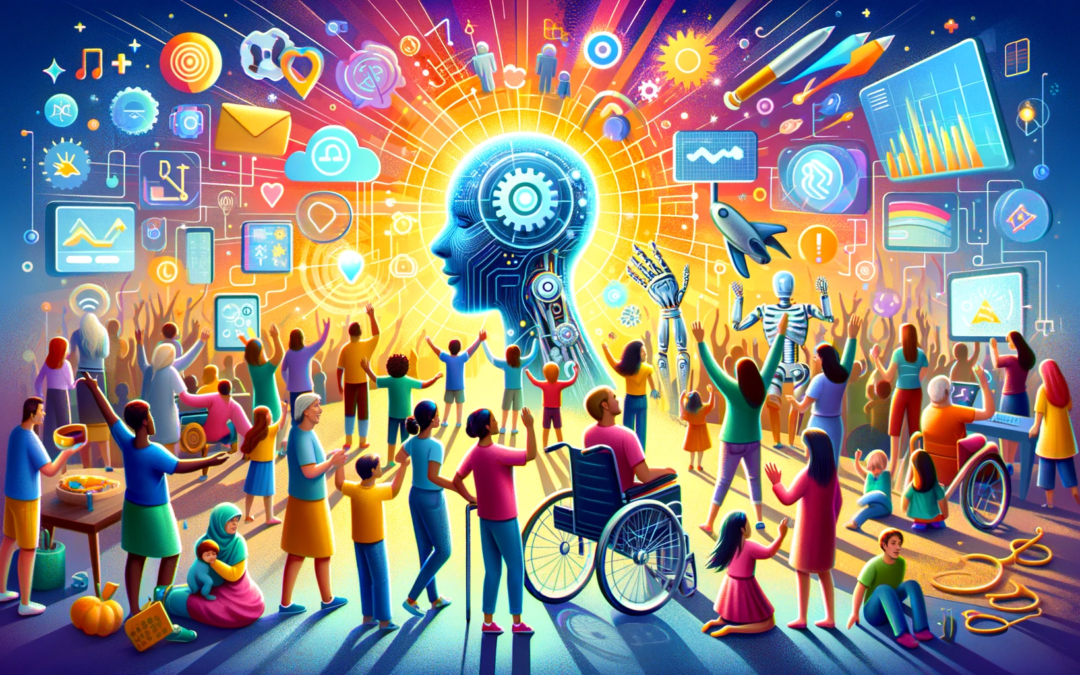Accessing various services and opportunities can be challenging for individuals with disabilities. However, AI has emerged as a powerful tool for enhancing accessibility and promoting inclusivity. In this blog post, we will explore how AI technologies are breaking down barriers and creating a more inclusive environment in education, workplaces, and public services.
AI in Assistive Technologies:
AI is revolutionizing assistive technologies, making them more effective in helping individuals with disabilities. Speech recognition, visual aids, and adaptive interfaces are just a few examples of AI-driven technologies that have significantly improved accessibility. For instance, speech recognition software enables individuals with motor disabilities to interact with devices and control their environment using voice commands.
AI in Education and Learning:
AI is playing a crucial role in creating inclusive educational environments. AI-powered tools can adapt to different learning needs and styles, ensuring that students with disabilities receive the support they require. For example, AI can provide personalized recommendations and feedback, making learning more engaging and effective for students with diverse abilities.
AI in the Workplace:
AI tools are also transforming the workplace, making it more inclusive for everyone. From recruitment processes that reduce bias to workplace accommodations that foster diversity, AI is driving positive change. For instance, AI-powered software can analyze job descriptions and identify any potential bias, helping organizations create more inclusive job postings.
AI in Public Services and Facilities:
AI is aiding in making public services and facilities more accessible. Transportation systems, healthcare services, and civic engagement platforms are all benefiting from AI-driven solutions. For instance, AI-powered algorithms can optimize public transportation routes, ensuring that individuals with disabilities have convenient and accessible transportation options.
Challenges and Ethical Considerations:
While AI has the potential to enhance accessibility, it also presents challenges and ethical considerations. Privacy concerns, the risk of dependency, and ensuring technology is universally accessible are all important factors to consider. Responsible AI deployment is crucial in addressing these challenges and ensuring that accessibility efforts are inclusive and equitable.
The Future of AI in Accessibility:
The future holds even more advancements in AI that will further transform accessibility and inclusivity. As AI continues to evolve, it is essential to consider the long-term implications and potential benefits of AI-driven accessibility solutions. How can we ensure that AI remains a force for inclusivity and does not inadvertently create new barriers?
Engaging with the Audience:
We want to hear from you! Share your thoughts and experiences with AI in enhancing accessibility and inclusivity. Join the discussion about the potential benefits and challenges of AI-driven accessibility solutions.
Conclusion:
AI is reshaping the landscape of accessibility and inclusivity. By breaking down barriers and fostering inclusivity across various sectors, AI is creating a more equal and accessible society. It is crucial to strike a balance between AI innovation and ethical practices to ensure that advancements in AI continue to champion inclusivity for all.










